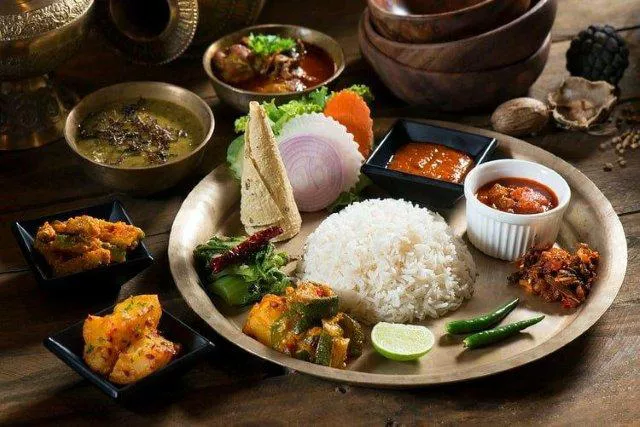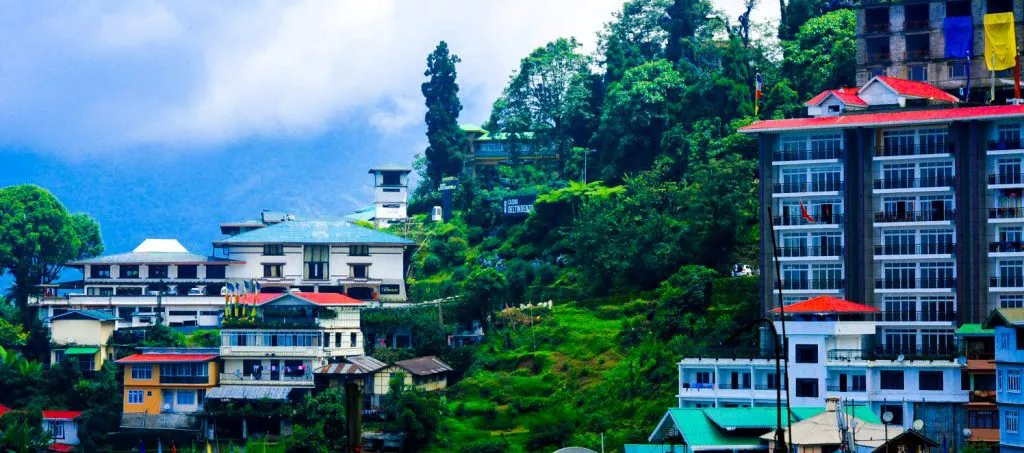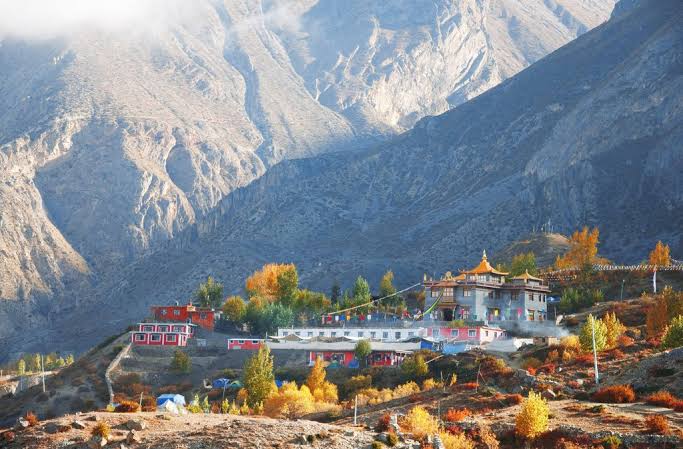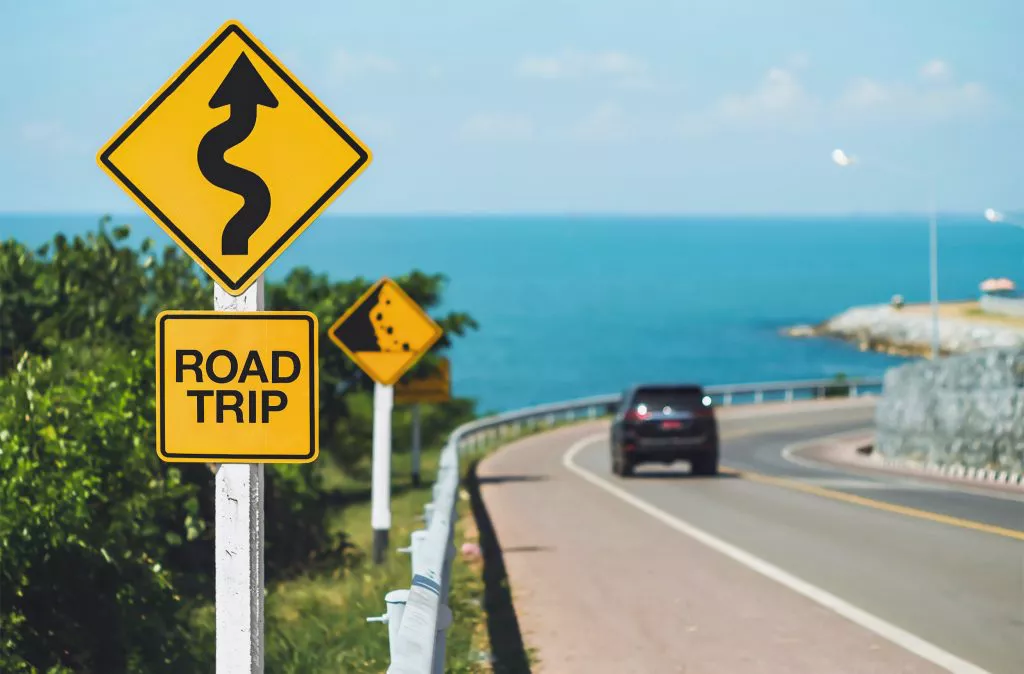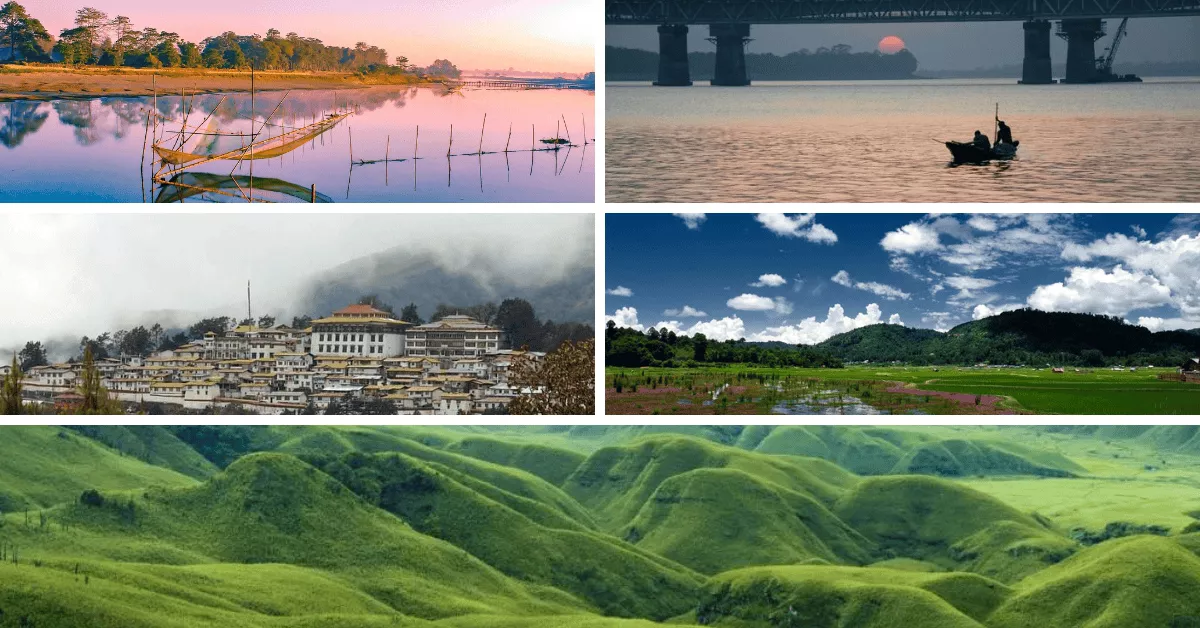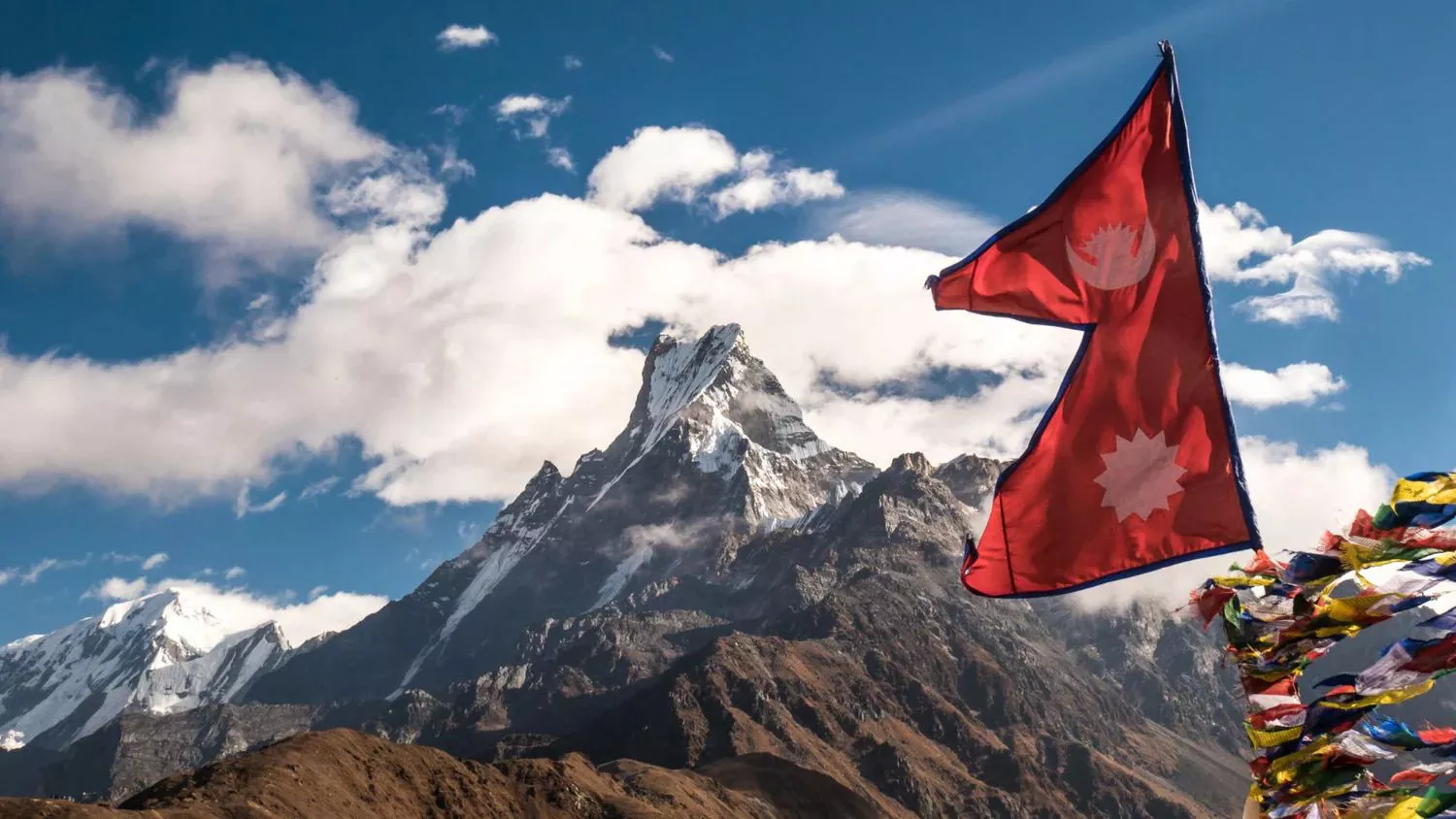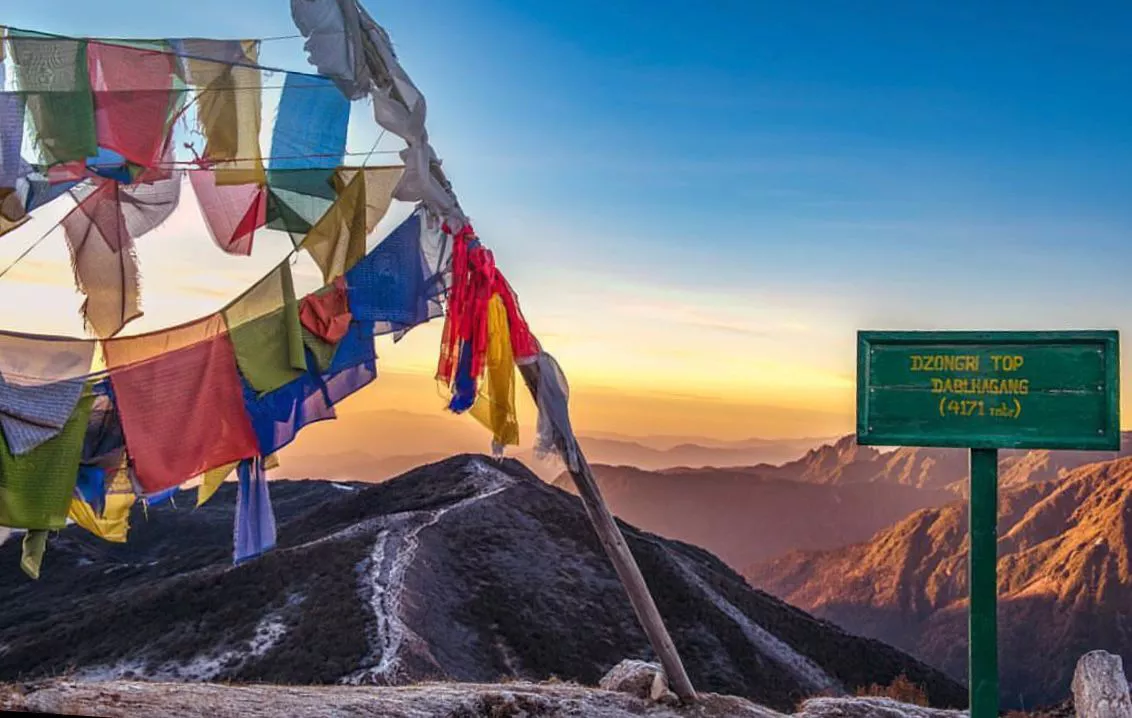Lying in the northeast of Kathmandu is this magnificent monastery (stupa) called Boudhanath, one of the most important pilgrim sites for Buddhists. It is located 16 km from Ratnapark, the new road of Kathmandu, and only around 3 km from Tribhuwan Airport. The roads you pass by are crowded and often packed with vehicles, people walking on the sideways, and colorful shops, but they all add vivacity to the area.
As soon as you reach the gate of Boudhanath, pushing through the crowd and paying an extra NPR 250 if you are a non-Nepali citizen, you can see the magnificent stupa standing right in front of you, exuding strong energy that makes you feel warm and welcomed at first glance.
History explains that Boudhanath was the transit route for Tibetans who travelled from Sankhu (a local town 23 km from Boudhanath) in the 1960s. Later, the Tibetan refugees inhabited the area and flourished in both craftsmanship and trade. The stupa is said to be built by a widow who got permission to build it on an area of land measuring the size of a single ox skin. She craftily cut the skin into small strips and laid them end to end, hence claiming the area enclosed by them. Her initiative to build the stupa was only successful till the making of the white dome. Later, her four sons added to their mother’s creation, and over a period of time, the government kept renovating it till its recent stage.
The massive earthquake in 2015 affected its major shrine but within the following 2 years got renovated, marking itself the first world heritage site listed from Nepal to be renovated after the earthquake.
Ongoing reconstruction work post the 2015 earthquake
Inside the Stupa
The majestic white stupa surrounded by local shops and restaurants is a perfect place to chill or meditate. As soon as you enter inside the circle, called kora in the local Mongolian dialect, you will find yourself in a vibrant yet peaceful arena. You can find a wide variety of traditional and cultural handmade items here: from stone pieces of jewelry, singing bowls, beads, accessories, and Thanka paintings to local attire made of typical Mongolian materials and prints.
Top 5 things to do in Boudhanath
1. Monastery hopping/exploring
Monastery hopping- well that’s a term I just made up but it sounds really cool, right? Just as you hop from one club to another, you can do the same for monasteries aka gumbas inside Boudhanath. The real essence of Buddhism is felt only when you feel the vibes inside monasteries. Go inside; explore the mesmerizing interiors, paintings, sculptors, and symbols; and observe the rituals going on. If you arrive there in the morning, you can join the morning prayers. Whether you pass your day in meditation or just observe the scenes, it’s pure bliss.
Some of the monasteries worth visiting are the Guru Lhakhang Gompa, Samtenling Gompa, Sakya Tharig Gompa, Pal Dilyak Gompa, and Pal Nye Gompa. There are many others, so follow the sounds of crashing cymbals and booming trumpets to see the open ones.
2. Kora down and above the dome of the stupa
The main white stupa has three-storied layers where visitors can walk around. Long before the earthquake, the stupa was open for visitors till its third level, whereas now only the first level is open; the reason being the people spread obscenities when it was opened. So, do the kora, ie, complete the circle, up and down the stupa. You can also rest and observe the ambiance from above. And remember, it is considered auspicious to do the kora in odd counts, meaning 1 or 3 or 5 times, and so on. It is also believed that kora is a wish-fulfilling practice, and Tibetans have a function where they perform the kora 108 times for fulfilling their wishes.
3. Try local Tibetan food or visit posh restaurants and coffee places
You can choose to either satiate your appetite at posh rooftop restaurants inside the kora or explore the alleys and corners around the stupa for local Tibetan dishes. Some of the dishes you can try are thenthuk, thukpa, tingmo, etc. A dish for spice lovers that can’t be missed is "lhaping." If you just want to enjoy some good food and beautiful views, restaurants from very high to average range are inside the stupa. Personally, I enjoy coffee in the rooftop restaurants.
Lhaping: a spicy dish popular in Boudhanath
4. Taragaon museum
If you want to know more about the history of Boudhanath and ancient myths and stories related to it, then visit Taragaon Museum. Taragaon is actually the old name for Hyatt Regency, and the museum is on the ground floor of the hotel. You can see a collection of photos, maps, and archaeological plans of Kathmandu valley from the 1970s when the first archaeological advisers entered the region. The building itself is an ancient structure built in 1974 as a hostel for foreign explorers. Another major highlight of the museum is that it houses the first map of Kathmandu valley by Erwin Schneider. I would definitely recommend a sightseeing tour of this museum.
5. Shopping for traditional apparel and souvenirs
As I mentioned above, Boudhanath is full of traditional apparel, accessories, and souvenirs. You can buy a range of products such as jewelry, clothes, books, paintings, postcards, and souvenirs for your dear ones. Shop as much as you can as the prices of materials are very budget-friendly. And what’s more, the shopkeepers are quite friendly and well mannered compared to other places. Their warmth and smile will definitely please you as a customer.
How to reach?
Take a taxi from wherever you are, and it will drop you for around 200-500 NPR max.
Or, take a bus or microbus from Ratnapark, which will take you around 45 mins to 1 hour for NPR 20.
Or, drop at the place called Chabahil and get a little walk of 20-30 minutes till Boudhanath. If the weather supports you, you will love it.
When you step inside the stupa, tell me if you don’t feel that it’s truly bliss amidst the chaos. So, do visit and feel free to buzz me if you wish; I will be around.

